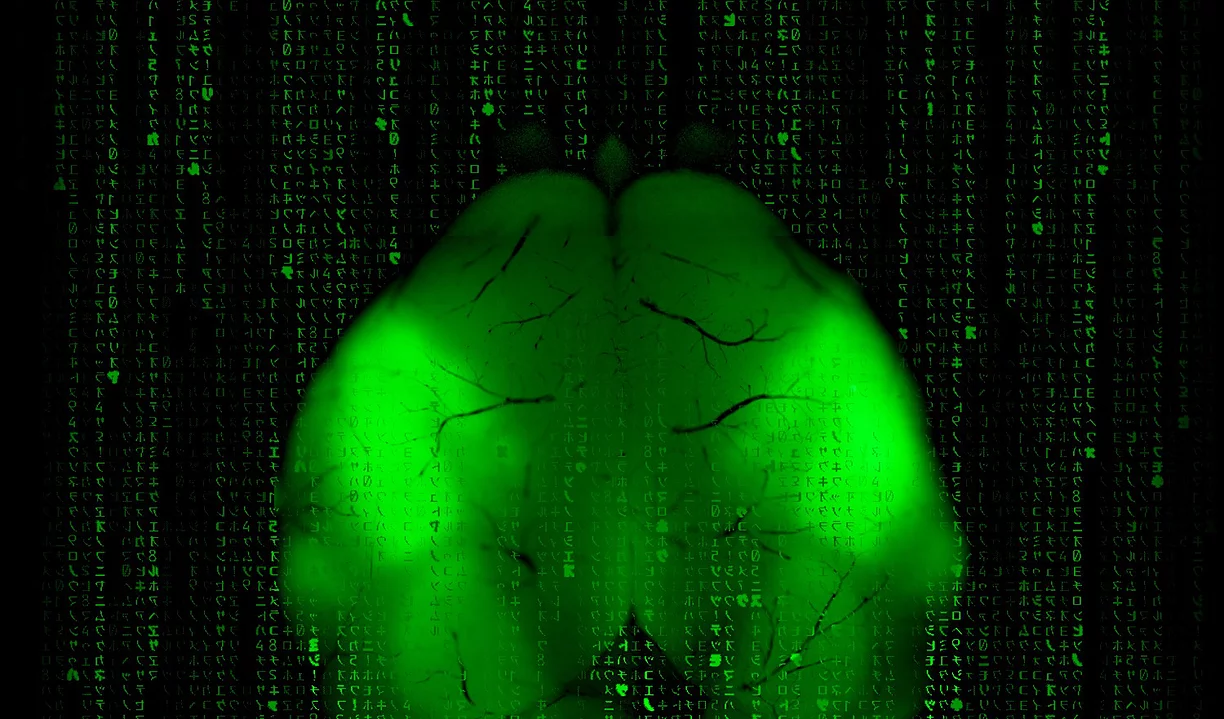Learn more about Integrated Neuro Technologies.
 The Integrated Neuro Technologies Lab aims to uncover the principles of brain computations that form the basis of perception and guide complex behavior. Our vision is to integrate engineering, systems neuroscience, and data analytics to advance our knowledge of the inner workings of the brain. The interdisciplinary projects in the lab can be categorized into three main directions: Neuroengineering, Neurobiology, and Neuroinformatics. Neuroengineering is focused on developing advanced neural probes to interrogate and manipulate the brain using nanotechnology approaches. These novel tools are used in Neuro-biology experiments to record massive datasets of brain activity in live animals during active navigation in virtual reality. The development of machine learning analytical methods in Neuroinformatics provides insight into the functionality of neural circuits and systems.
The Integrated Neuro Technologies Lab aims to uncover the principles of brain computations that form the basis of perception and guide complex behavior. Our vision is to integrate engineering, systems neuroscience, and data analytics to advance our knowledge of the inner workings of the brain. The interdisciplinary projects in the lab can be categorized into three main directions: Neuroengineering, Neurobiology, and Neuroinformatics. Neuroengineering is focused on developing advanced neural probes to interrogate and manipulate the brain using nanotechnology approaches. These novel tools are used in Neuro-biology experiments to record massive datasets of brain activity in live animals during active navigation in virtual reality. The development of machine learning analytical methods in Neuroinformatics provides insight into the functionality of neural circuits and systems.
Our Principal Investigator is Yurii A. Vlasov.
Check out the tabs below or our website here to learn more.
Neuroengineering
Research goal
Our goal is to develop advanced silicon neural probes that can be implanted into the brain to collect information on electrical and chemical neural activity, as well as to manipulate it with optical stimulation. The approach involves the development of novel methods of nanofabrication, nanofluidics, and nanophotonics.
One of the major projects is the development of a nanodialysis chemical neural probe. Cell-to-cell signaling via neurochemicals is the fundamental basis for communication in the brain. The detection of neurochemical spatial and temporal concentration transients in the brain is an essential and unmet capability for understanding the functionality of neural circuits and for the development of novel drugs for treatment of various disorders. The goal of this project is to break the fundamental limits of chemical detection to achieve unprecedented chemical, temporal, and spatial resolution with minimal tissue damage.

Neurobiology
Research goal
Our goal is to understand the basic principles of cortical computations, from the circuit to systems levels. We focus on understanding how the ethologically-relevant features of a sensory scene are extracted from the raw sensory flow, where this information is parsed, and how it guides complex behavior.
One of our major projects is focused on primary (S1 or barrel cortex) and secondary (S2) somatosensory cortices in rodents that process information from their whiskers. We combine electrophysiology with multielectrode neural probes, local optogenetics stimulation with optoprobes, and monitoring of neurochemicals with chemprobes to record neural activity while animals actively navigate in virtual reality and solve behavioral tasks. Correlations of brain activity with animal behavior and choices provide insights on mechanisms of cortical processing.

Methods:
- Electrophysiology with multi-electrode silicon probes to record from a massive number of neurons across many brain regions simultaneously in awake and behaving animals.
- Behavioral paradigms in virtual reality to study neural circuits in an almost natural environment while mice are engaged in goal-directed behavior. Virtual reality systems allow full control over behavioral tasks and quantitative measurements of resulting behavior.
- Optogenetics to identify and record the activity of specific cell types during behavior and for manipulating neural circuits to reverse-engineer their functionality.
- Neuroanatomy leveraging new viral, genetic, and computational tools to provide insights into brain circuits functionality.
- Machine learning-based analytical methods to extract dynamical patterns of neural activity that are correlated with animal behavior and choice.
Neuroinformatics
Research goal
Our goal is to develop scalable analytical methods to capture the hidden dynamics of network activity and to arrive at biologically meaningful interpretations of massive datasets. This work is done in collaboration with Prof. Schwing's group.
Since complex behavior is a result of coordinated firing in a large neuronal network, we expect the recorded activity to exhibit a rich hidden structure. In a search for complex high dimensional representations, we develop structured machine learning approaches capable of learning the dynamics of the recorded neural network as a whole. Subsequent dimensionality reduction and correlation with behavioral and sensory datasets allow us to extract functional neural circuits and systems involved in complex behavior. Instead of analyzing the neural data based on a pre-conceived biological model, our approach enables efficient reduction to low-dimensional datasets in a model-unbiased manner.
